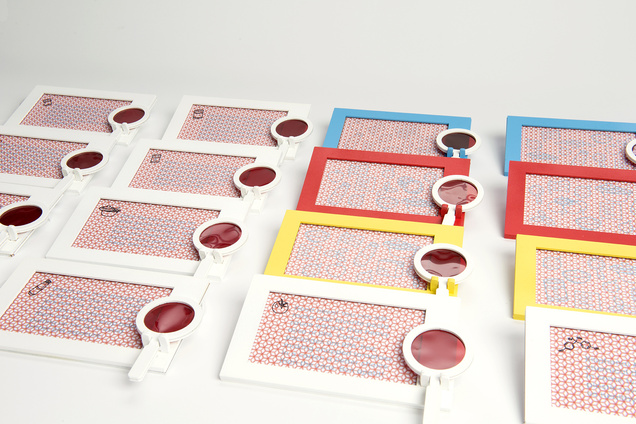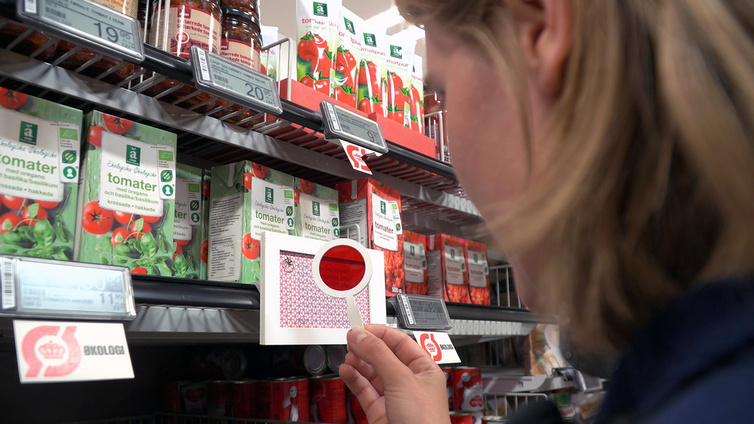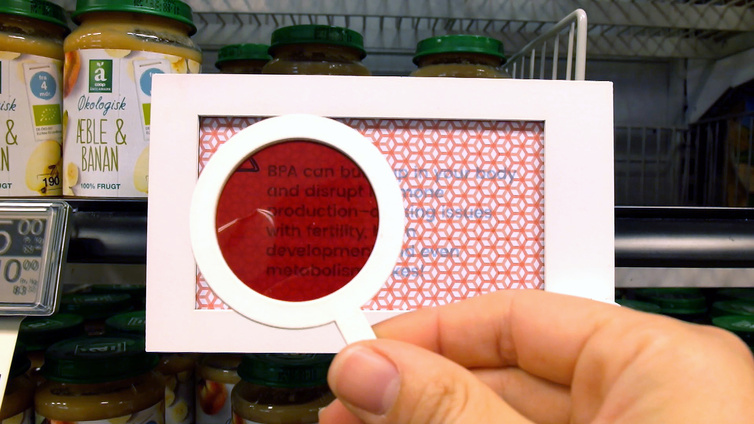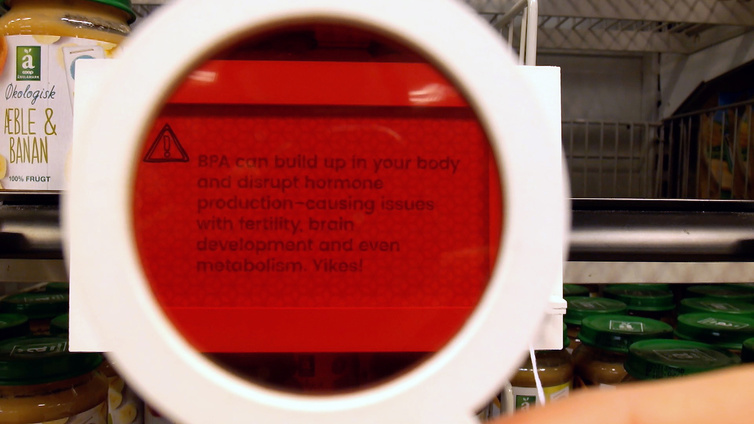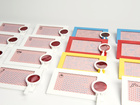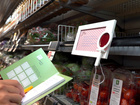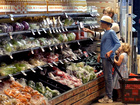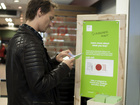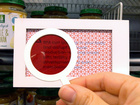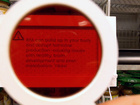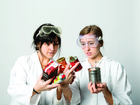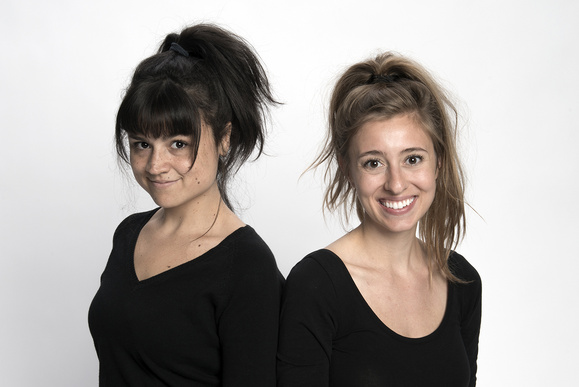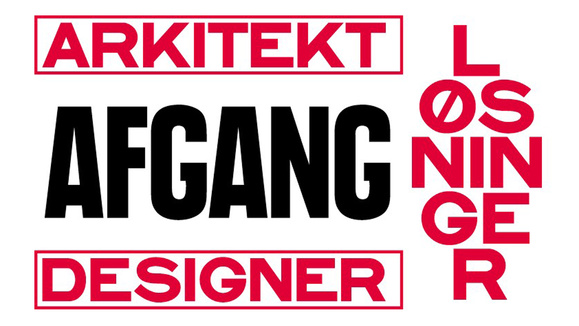Many of the products we drop in our shopping trolleys in the supermarket contain chemicals that are harmful to us. Avoiding these hazardous substances requires both knowledge and in-depth studies of product declarations: something that few of us can be bothered about when we need to get the dinner on the table. Meet the designers, Melanie Povlitzki and Sofia Germani. In their joint degree project they collaborated with COOP Denmark on how to inform consumers about the toxic substances we ingest via our everyday purchases.
What is your graduation project about?
Our degree project, ‘Daily Dosage’ is about harmful chemicals in groceries. Through the food we eat and the products we use every single day we are exposed to chemicals that are hazardous to our health. We investigated how, even at supermarket level, we can help people to reduce their daily dose of chemicals. As customers do their shopping, they can take part in a treasure hunt, in which they learn something about the harmful chemicals in groceries and how to avoid them. The tax hunt is especially aimed at families with children, so the children already learn at an early stage how to make some healthy choices.
What was your motivation for this project in particular?
We both had to change our lifestyle for health reasons and found out what a positive effect living more healthily can have on the body. We want to share this with other people. The chemicals we worked on in the project pose a serious threat to public health. Many of them create hormonal disorder, which means, for example, that they can be detrimental to fertility, metabolism and brain development – both in our children and us. It is impossible to avoid these harmful substances entirely, but we can do a lot by changing our consumption habits.
In what way does your project contribute something new to the area you have been working on?
The hazardous chemicals are invisible and you only feel their harmful effect after long-term exposure to them. Consequently, there is no immediate pressure on consumers to change their shopping habits. Nor perhaps do they know how to avoid the harmful substances. We make the subject specific and relevant to the consumer by making the chemicals visible in the supermarket. That means they can shop on the basis of their new knowledge and make informed choices.
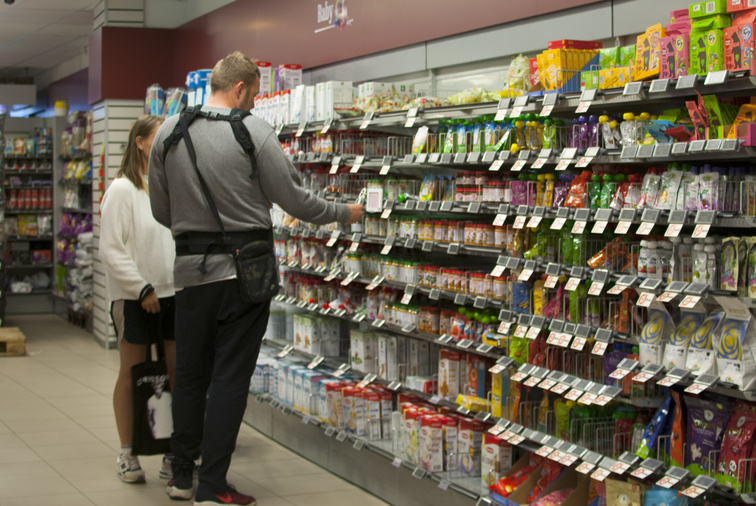
In what way do you imagine your final project will make a difference?
Our project can make a difference to consumers by teaching them something about the unhealthy chemicals and showing them how to avoid them. It can also make a difference for Coop and their efforts to phase out the chemicals. If consumers start to demand ‘cleaner’ products, Coop will have a greater financial incentive to phase out the chemicals and create even more pure products. Increased consumer demand for pure products will also give Coop a stronger negotiating position when trying to get other manufacturers to remove harmful substances from their products. Sometimes we forget that ultimately it is we consumers who decide what is on the shelves of a supermarket. By focusing on consumption, we can compel production to move in a purer, healthier direction.
What methods did you use when working on your project?
When working on the project, we applied many different co-design methods. For example, throughout the entire process, we worked closely with our external partner, Coop Denmark: from the formulation of the project description to the presentation of the final design. We also involved the end users of our design – Coop customers – in the work. We conducted interviews, held workshops, conducted observations in Coop supermarkets and held design events where we presented our prototypes at an early stage in the design process.
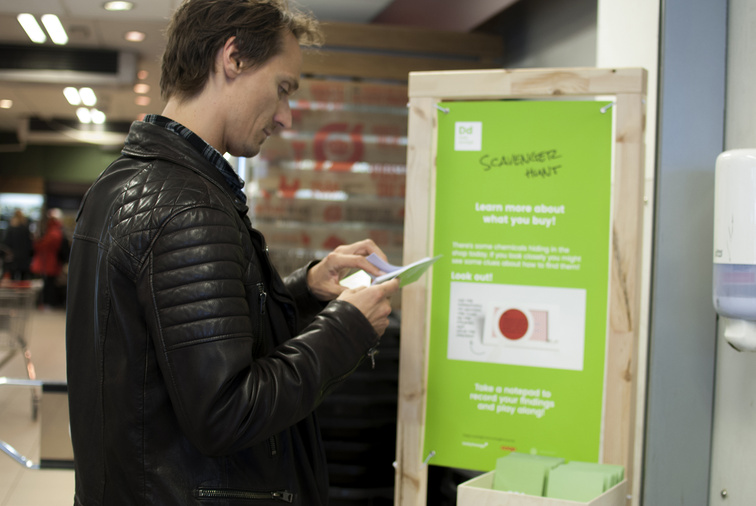
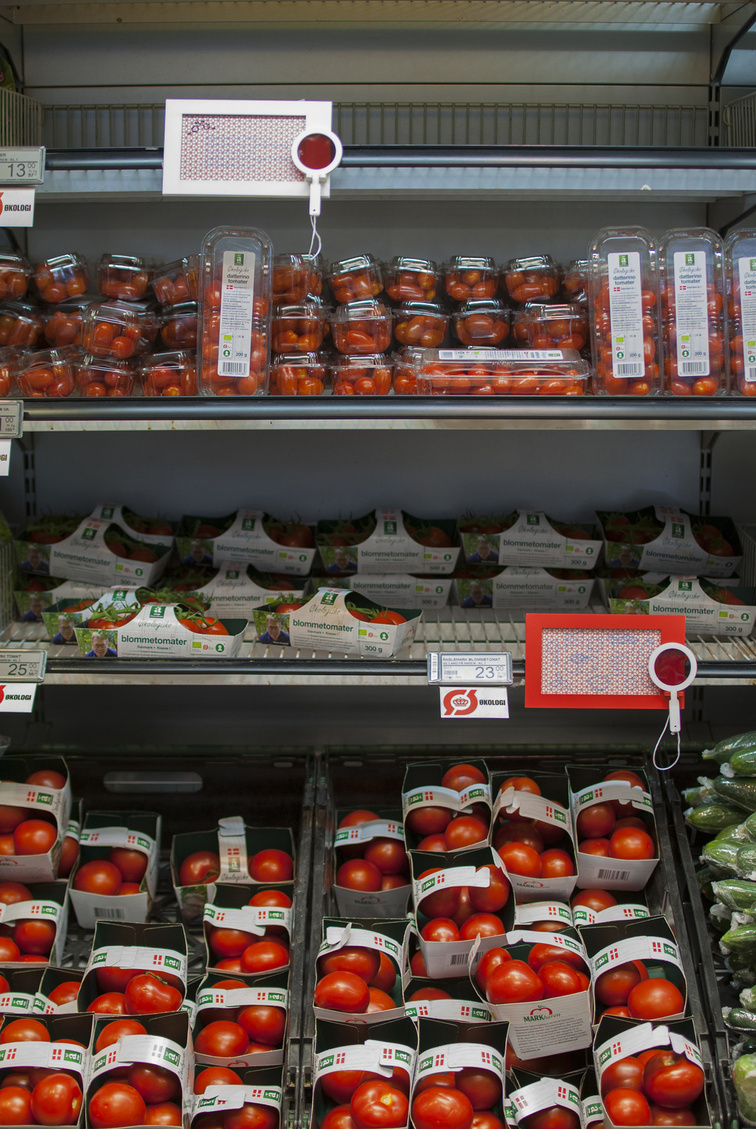
To which UN goals does your project relate, and why?
Our project addresses UN global goals numbers 3 and 12. According to UN global goal number 3 on health and well being, we must significantly reduce the number of deaths and health problems caused by harmful chemicals. The purpose of our project was to equip people to change their habits of consumption and make informed choices that reduce their risk of exposure to hazardous chemicals. We hope that our work can help to make it easier for future generations to make sound decisions in the context of the harmful chemicals we are surrounded by in our everyday lives. UN global goal number 12 is about responsible consumption and production. The hazardous chemicals are not only harmful to human health, they also adversely affect the environment: they harm wildlife and pollute the water supply. If we are to live sustainably, it is imperative that we protect our natural resources and ensure that our consumption patterns have as little an impact on the environment as possible. We hope to increase public focus on the use of hazardous chemicals by spreading greater knowledge about them. And by encouraging more responsible consumer habits, we can collectively move the demand from products with harmful chemicals to purer and more responsible alternatives.
What are the most enjoyable and the most difficult aspects of designing the way you do?
Melanie: For me, the most fun, yet the most difficult thing about co-design was working with users. It is satisfying to work closely with the people I am designing for, because it makes the project immediately relevant. I know my work will affect their lives. It is also extremely challenging. When you are relying on other people to take part in the process, it becomes difficult to plan. When you invite people to get involved in the design process, you have to be really flexible and open to changes and suggestions. Sofia: For me, the most enjoyable part of co-design is involving people from outside in the design process. As most designers know, the products often end up being used in ways you had not imagined. But by working with the people I am designing for I can sustain an open dialogue throughout the entire process and take the users into account in the final design. By participating in the process, users also take ownership of the project and assume shared responsibility for implementing it and seeing it evolve. But involving stakeholders in the process is also time-consuming. It means there may be less time to focus on the final stages of the design process and putting the final touches to the project. I have a background in industrial design and I am a bit of a perfectionist. So, for me, that is the hardest part of co-design.
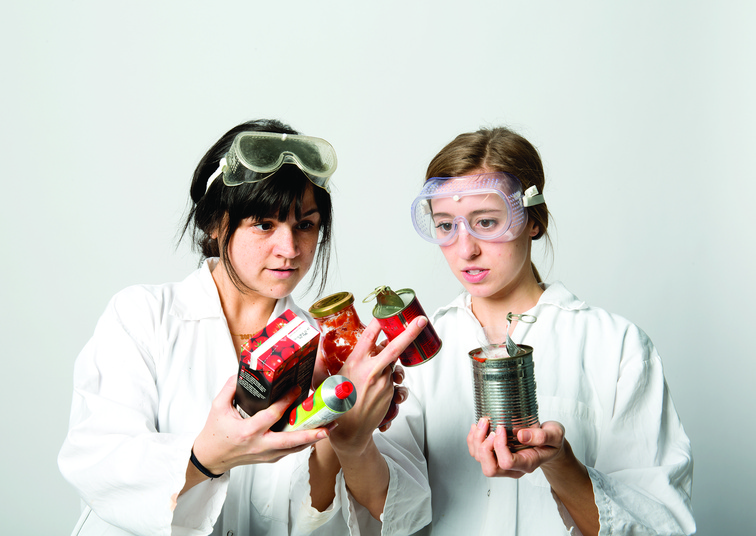
What sort of development potential do you think your final project has?
We can definitely see some potential for further development of the project. When we presented the final project to Coop, many of the staff wanted to take the project further and refine it even more. We have received positive feedback, not only on the final result, but also on the entire design process. At least we have shown that designers’ skills can be relevant to a large commercial company such as Coop.
What do you think is your greatest strength as KADK design graduates?
Melanie: My greatest strength as a KADK designer is my versatility. I can work in many different contexts and I know that my design skills and methods can be used in many different contexts. During my Co-Design course I have worked with ‘real challenges and real collaborators. That means I have become good at formulating my own design programmes, rather than designing on the basis of a fixed project description with a predefined problem. The ability to remain curious, focus on uncovered needs and ask questions instead of proceeding directly to a solution gives me as a designer a much greater spectrum of potential projects. Whatever project I tackle, I will be able to pinpoint the areas, in which I can contribute a design solution. Sofia: I have acquired my greatest strength as a designer through the KADK co-design approach, in which you work with external partners and real people. Learning to use empathy in the design process has enabled me to design even more relevant products, which people can actually use. By closing the gap between the academic world and industry, you can also design projects that are both innovative and worth producing. KADK’s structure and facilities also helped me improve and expand the range of my skills. Access to all the different workshops is a privilege that I am really going to miss.
Where do you see yourselves career-wise in five years’ time?
Melanie: In 5 years’ time I hope to be working as a co-designer in the public health sector. Throughout my course I very much concentrated on lifestyle diseases and preventive health care. In the future, I would like to integrate my design practice with my knowledge and interest in nutrition, health and public space. I am also very interested in design activism and I hope to be able to use co-design to establish more democratic processes in all areas of society. Sofia: In 5 years’ time I hope to be working as a co-designer on projects related to social responsibility in health, education and public spaces with a particular focus on children. In the past 8 years I have been focusing on the development and education of children. Children should have the opportunity to directly influence the design of their world so they get the freedom to grow up without having to adapt to the adults’ world.


